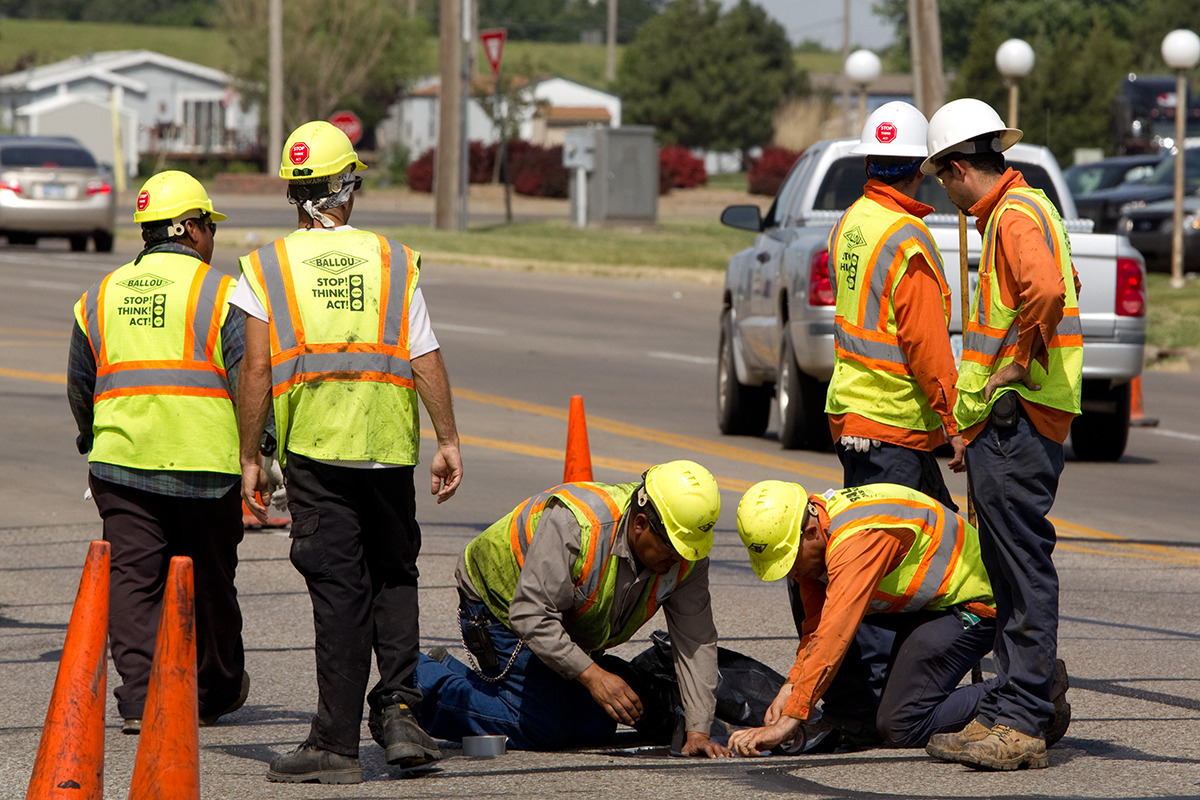Congress: Don’t Turn Your Back on Workers Struggling to Save for Retirement
By Yuqi Wang, Policy Analyst, Economic Policy Project, NCLR

Social Security is widely recognized as playing an important role in workers’ retirement security. In 2015 alone, Social Security benefits kept 22 million retirees out of poverty, and more than 60% of elderly beneficiaries relied on Social Security for most of their retirement cash income.
Keep up with the latest from UnidosUS
Sign up for the weekly UnidosUS Action Network newsletter delivered every Thursday.
To celebrate National Social Security Month this April, the Social Security Administration created an online guide that workers can use to learn more about the program and its benefits.
It should be noted, however, that Social Security was never intended to be used as the major source of income for retirees. A secure retirement should ideally draw financial support from workers’ retirement savings and pensions in addition to Social Security benefits. But because very few workers receive pensions nowadays, the importance of having a retirement savings account has become even more critical.
Unfortunately, more than 45 percent of working-age households in the United States do not have access to a retirement savings plan through their employer. For Latinos, the data paints a starker picture: 60 percent of Latino workers do not have access to an employer-sponsored retirement plan. This illustrates why so many workers have come to rely on Social Security during their golden years. But one main issue with relying on Social Security is that the average senior receives only $1,348 per month, a paltry amount compared to the rising costs of medical care, assisted living, and other necessities.

To help more workers become ready for retirement, cities and states have begun to establish their own retirement plans, broadly called Work and Save programs. These programs would provide auto-enrollment Individual Retirement Accounts (IRAs) for private sector workers who tend to be lower-income, and don’t have access to such benefits through their employers. This would also benefit employees of small businesses, where 50% of employers don’t offer retirement plans. While these plans differ from state to state, generally, they allow employers to provide IRAs to employees without requiring the employer to sponsor or contribute to the IRAs; in other words, they are not fiscally responsible for their employees’ accounts. Workers who participate are automatically opted in to a retirement savings account that takes out a predetermined amount from their monthly paychecks and saves it in the IRA. Workers also have the option to opt out at any time.
Several states have already passed legislation enacting these retirement plans (e.g. California, Connecticut, Illinois, Maryland, and Oregon), with 27 more states considering this or other program variants. An estimated 49 percent of U.S. working-age households could benefit from a state- or city-based retirement plan.
However, Republican members of the House and Senate recently introduced resolutions blocking the 2016 Department of Labor rule which allows cities and states to create such retirement savings programs. The House and Senate voted to block DOL’s rule allowing cities to establish their own retirement plans, and it looks like a similar resolution introduced in the Senate—but for states—may soon face the same fate.
Across the United States, 30 million workers could benefit from establishing a state-based retirement plan, and even more could benefit from strengthening Social Security. But they’ll never get the chance to save and retire comfortably if Congress has its way.
The future of working Americans should not be decided by congressional lawmakers who are out of touch with workers’ needs. As Congress returns from recess, NCLR vows to continue our fight for workers’ retirement security and work with Congress to ensure that all Americans can enjoy their golden years.
